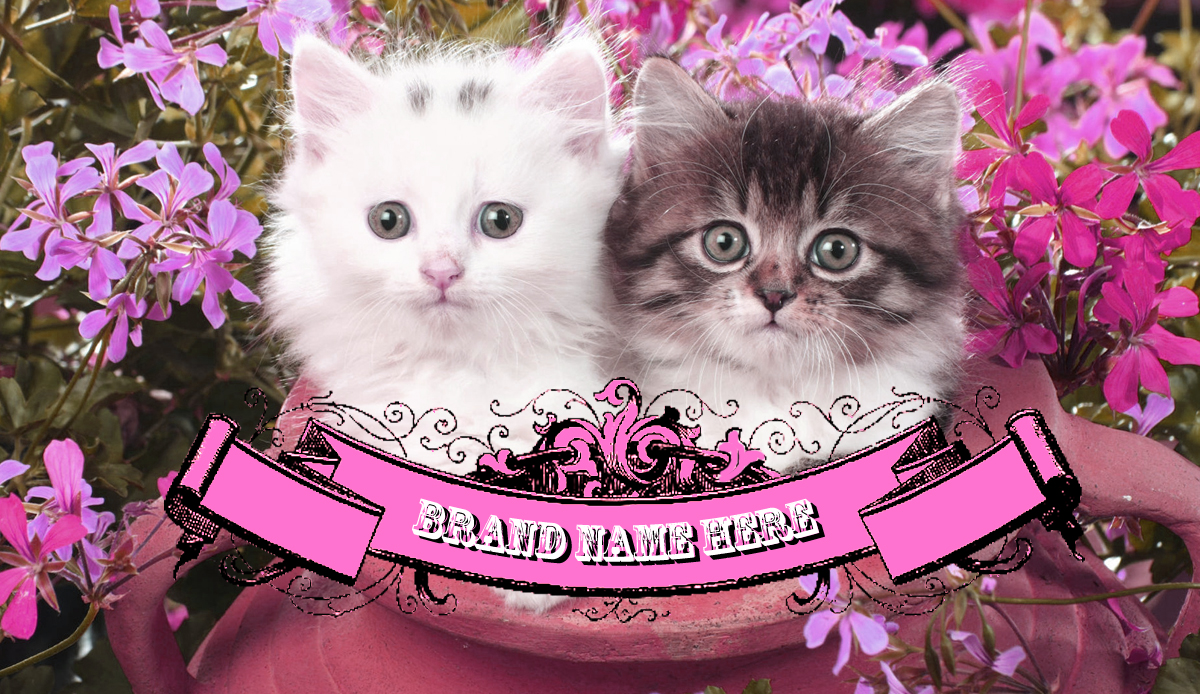Does brainstorming work?
Why brainstorming works
You get all the right people in one room, fire them up with an exciting problem that needs solving and wait for the magic to happen.
It’s the perfect way of concentrating all that strategic and creative power of the agency into one incredible hour or two. It’s like the tomato purée or Knorr stockpot of the creative business world.
Everyone’s sparking and bouncing ideas off each other. A good idea, a better one, a great idea – an award winner. The facilitator can’t keep up. “Quick, someone get a laptop, take notes in case I miss anything”.
The croissants haven’t even been touched. You have a 5-minute tea break, but everyone’s keen to keep going. Terry from accounts comes up with a headline that gets the creatives applauding, someone questions a core part of the brief and you’re off again. Like ninja death stars, shiny ideas hit the target over and over. “Get a new Nobo pad – and another set of pens”.
Hold on a minute, when was the last time you had a brainstorming session like this? One that actually created a storm of great ideas? If my experience is anything to go by, probably never.
Why brainstorming doesn’t work
You get all the right people in one room, fire them up with an exciting problem that needs solving and wait for the magic to happen.
Polly, Debs and Tony are running late, but at least they had the decency to let the facilitator know. “We’ll give them 10 minutes then crack on. While we’re waiting, help yourselves to…” The buffet table already looks like a closing down sale at Primark. All the Pain au Chocolat have gone and Big Steve’s gone to put another pot of coffee on.
The late gang arrive, moaning about trains and “who’s eaten all the Cinnamon Whirls?”
Everyone settles down, the problem is framed and the senior creatives are rolling their eyes at each other. “Listen guys, there’s no such thing as a bad idea – just throw them out there and we’ll stick everything down, don’t worry about filtering just hit me.”
Silence.
“I’m just going for a pee.”
“Thanks for the contribution Tony.”
The problem is simplified (three times) and the facilitator tries to get the ball rolling. “So, think of it as a completely distinct brand from the holding company. Think fun, youth, vibrancy: if it was a drink it would be Fanta. If it was a car, it would be a bright, psychedelic green and purple Smart Car… how about calling it ‘Shazoom’?”

The Account Director’s nodding, “Shazoom, sounds cool, I like it”.
The Creative Director wakes up, “Sounds like a ’50s superhero”.
Everyone agrees and Tony comes back from the loo asking if he’s missed anything. He quite likes ‘Shazoom’.
You get stuck in a vicious Shazoom circle – Shavoof, Vavoom, Kapow, Vakashoom, Kavshakapow…
The facilitator starts to flag, the senior creative team are discussing a different project and Big Steve’s attacking the last Pecan Danish.
“OK guys, we’ve got some interesting thoughts, I’ll type up my notes and distribute them, and maybe we can all think about it separately – reconvene after lunch yeah?”
Brainstorming syndrome
Sharing knee-jerk, random thoughts in a boardroom with teammates is possibly one of the worst business ideas ever. From the outset, the odds are stacked against you.
Articulate, creative people suddenly become lost for words. Even when ‘amongst friends’, all of a sudden the spotlight is on you and if you’re not a natural performer, it’s not a nice place to be. What if you open your mouth and a load of flubbaflubbaflubba comes out? People who once respected you will talk about your rubbish ideas behind your back.
Conversely, non-creative people now have a platform to spurt out whatever comes into their heads. “Let’s have a picture of kittens – people like kittens”.

So, can brainstorming be used effectively?
Lots of people seem to think so, so here’s a bit of their collective wisdom:
1) Write down your goals before you start
2) Tell participants the topic beforehand so they are prepared
3) Make sure people know what is expected of them
4) Emphasise the need for quantity, not quality
5) Keep the session short
6) Don’t filter or overthink anything that comes up
7) If things get stuck, use mind mapping
8) Be ruthless in staying on topic
9) Include someone from outside the team
10) Don’t judge – make everyone feel that their ideas are worthwhile.
It’s funny, when you look at a list like this, it sounds totally plausible that brainstorming could and should work. But, I’m really not convinced, so I’ve come up with my own version, I call it:
Un-Brainstorming©
1) Write the creative brief (more on that here)
2) Discuss the brief with the team that will work on it, to clarify and fine-tune (Brainstorming-ish)
3) Distribute the final signed-off brief and agree deadlines
4) Allow the creatives to work as they wish – independently/in teams/in the pub…
5) First round of internal presentations to discuss creative ideas (Brainstorming-ish)
6) Allow creatives time to fine tune ideas or come up with more
7) Get creatives to present to wider team for group input (Brainstorming-ish)
8) Sell it/produce it/win the awards etc.
It’s not as brainstorm-y as some might like, but with Un-Brainstorming© you’re still getting the team involved as a collective, whilst letting individuals play to their strengths.
If, for whatever crazy reason, you do find yourself running a proper brainstorming session (Let’s agree to call it ‘Groupmushing’ from now on), my advice would be to keep it short and don’t order in pastries!
If you think I’m talking rubbish and have hard evidence that Groupmushing really does work, please drop me a line. Or perhaps a dozen of us could get together to talk it through.
Related posts:
How to conquer writer’s block
Where do ideas come from?
Jonathan Wilcock (that’s me) is a Senior Freelance Copywriter.
You can drop me a line here, or email jonathan@sowhatif.co.uk